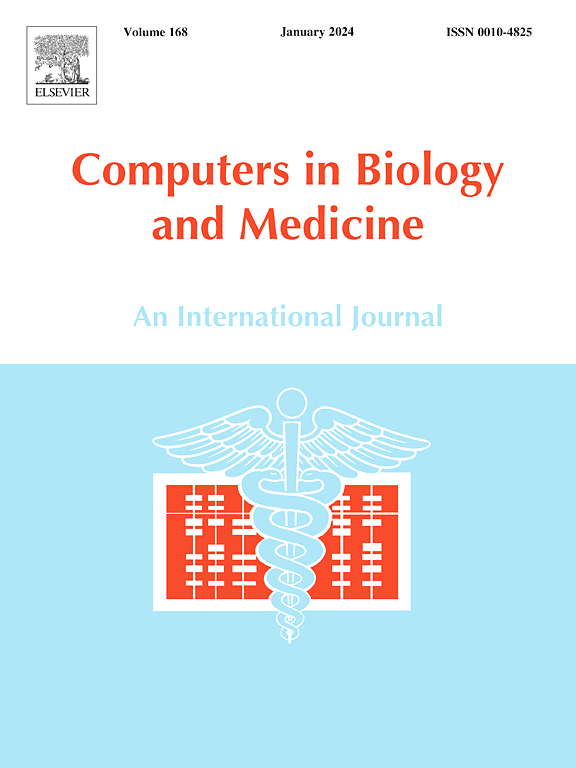Unsupervised domain adaptation with multi-level distillation boost and adaptive mask for medical image segmentation
IF 7
2区 医学
Q1 BIOLOGY
引用次数: 0
Abstract
The mean-teacher (MT) framework has emerged as a commonly used approach in unsupervised domain adaptation (UDA) tasks. Existing methods primarily focus on aligning the outputs of the student and teacher networks by using guidance from the teacher network’s multi-layer features. To build upon the potential of the MT framework, we propose a framework named Multi-Level Distillation Boost (MLDB). It combines Self-Knowledge Distillation and Dual-Directional Knowledge Distillation to align predictions between the intermediate and high-level features of the student and teacher networks. Additionally, considering the complex variability in anatomical structures, foregrounds, and backgrounds across different domains of medical images, we introduce an Adaptive Masked Image Consistency (AMIC) approach. It provides a customized masking strategy to augment images for source and target domain datasets, using varying mask ratios and sizes to improve the adaptability and efficacy of data augmentation. Our experiments on fundus and polyp datasets indicate that the proposed methods achieve competitive performances of 95.2%/86.1% and 97.3%/89.0% Dice scores for optic disc/cup on REFUGERIM, REFUGEDrishti-GS, and 78.3% and 86.2% for polyp on KvasirETIS and KvasirEndo, respectively. The code is available at https://github.com/Yongze/MLDB_AMIC.
均值-教师(MT)框架已成为无监督领域适应(UDA)任务中常用的方法。现有方法主要侧重于利用教师网络多层特征的指导来调整学生和教师网络的输出。为了发挥 MT 框架的潜力,我们提出了一个名为 "多层次蒸馏提升"(MLDB)的框架。它结合了自我知识蒸馏和双向知识蒸馏,使学生和教师网络的中层和高层特征之间的预测保持一致。此外,考虑到不同医学图像领域中解剖结构、前景和背景的复杂多变性,我们引入了自适应掩蔽图像一致性(AMIC)方法。它为源域和目标域数据集的图像增强提供了定制的遮罩策略,使用不同的遮罩比例和大小来提高数据增强的适应性和有效性。我们在眼底和息肉数据集上的实验表明,所提出的方法在 REFUGE→RIM 和 REFUGE→Drishti-GS 上的视盘/视杯 Dice 分数分别达到了 95.2%/86.1% 和 97.3%/89.0% 的竞争性能,在 Kvasir→ETIS 和 Kvasir→Endo 上的息肉 Dice 分数分别达到了 78.3% 和 86.2%。代码见 https://github.com/Yongze/MLDB_AMIC。
本文章由计算机程序翻译,如有差异,请以英文原文为准。
求助全文
约1分钟内获得全文
求助全文
来源期刊

Computers in biology and medicine
工程技术-工程:生物医学
CiteScore
11.70
自引率
10.40%
发文量
1086
审稿时长
74 days
期刊介绍:
Computers in Biology and Medicine is an international forum for sharing groundbreaking advancements in the use of computers in bioscience and medicine. This journal serves as a medium for communicating essential research, instruction, ideas, and information regarding the rapidly evolving field of computer applications in these domains. By encouraging the exchange of knowledge, we aim to facilitate progress and innovation in the utilization of computers in biology and medicine.
 求助内容:
求助内容: 应助结果提醒方式:
应助结果提醒方式:


